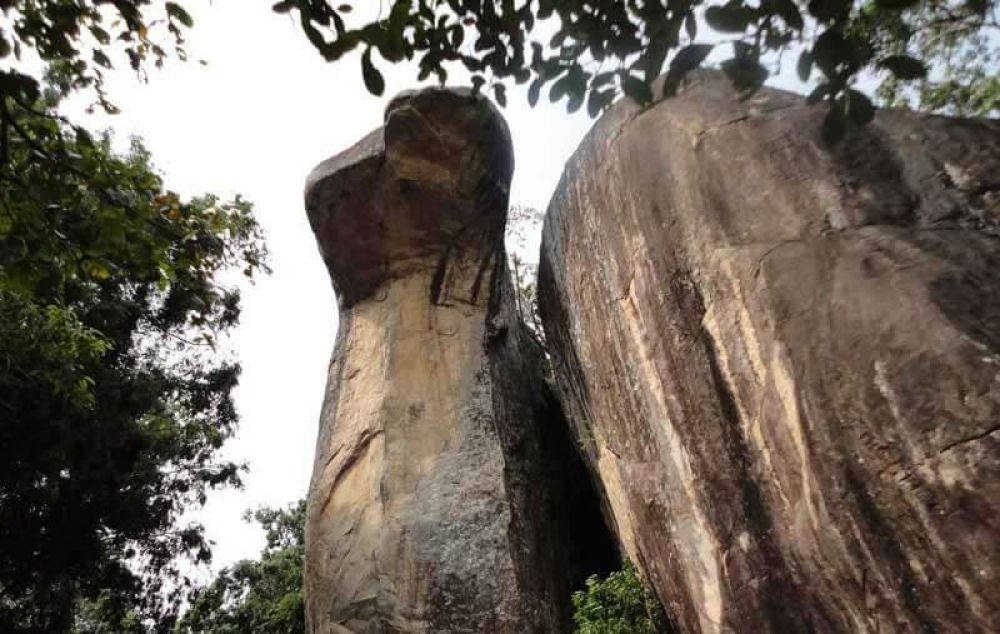

The Cobra Hood Cave, named after its unique rock formation that resembles the hood of a cobra, is located in the historic Sigiriya complex in Sri Lanka. Sigiriya, also known as the 'Lion Rock,' is one of the most valuable historical monuments in Sri Lanka and has been a magnet for tourists for many years.
The history of tourism at Sigiriya dates back to the 19th century when the site was rediscovered by archaeologists and adventurers. It was the British explorer John Still in 1907 who brought international attention to the site with his book 'Jungle Tide,' which captured the imagination of the public.
However, it wasn't until the Mid-20th century when Sigiriya, and with it, the Cobra Hood Cave, began to gain momentum as a tourist destination. With the establishment of the Sri Lankan Department of Archaeology in 1946, systematic conservation and restoration projects brought significant improvements in access and structures around Sigiriya, making it more(visitor-friendly).
In 1982, Sigiriya was declared a UNESCO World Heritage Site, acclaimed for its ancient urban planning, architecture, gardens, and art. The recognition propelled it to the forefront of Sri Lanka's tourist attractions, causing a surge in visitor numbers. The Cobra Hood Cave, being part of the impressive complex, benefitted from this spotlight as researchers and tourists alike were drawn to its prehistoric wall paintings and the centuries-old graffiti known as the Sigiri Mirror Wall.
In recent years, tourism trends in Sigiriya have evolved with a growing emphasis on sustainable tourism and cultural preservation. Tour operators now frequently offer guided tours that not only highlight the cave's natural beauty and historical significance but also educate visitors on the importance of maintaining the site's integrity.
Adventure tourism and eco-tourism have also become increasingly popular, with visitors engaging in hikes around the Sigiriya rock fortress and the surrounding jungle terrains. The picturesque views from the Cobra Hood Cave lookout provide an exceptional combination of nature and history, thereby enhancing its allure amongst tourists seeking a more eclectic traveling experience.
Moreover, the emergence of digital and social media has played a pivotal role in the advertising and engagement strategies of the Sri Lankan tourism industry, making sites like the Cobra Hood Cave more accessible and appealing to a global audience.
The future of tourism at Cobra Hood Cave in Sigiriya seems bright, as the Sri Lankan government and international bodies are actively involved in the promotion and conservation of these historic sites. Ensuring the balance between tourism growth and the preservation of the cave's delicate ecosystem remains a top priority for stakeholders.
As global travel patterns continue to evolve, the enduring allure of historical and natural sites like the Cobra Hood Cave assures that it will remain a treasured destination for years to come.